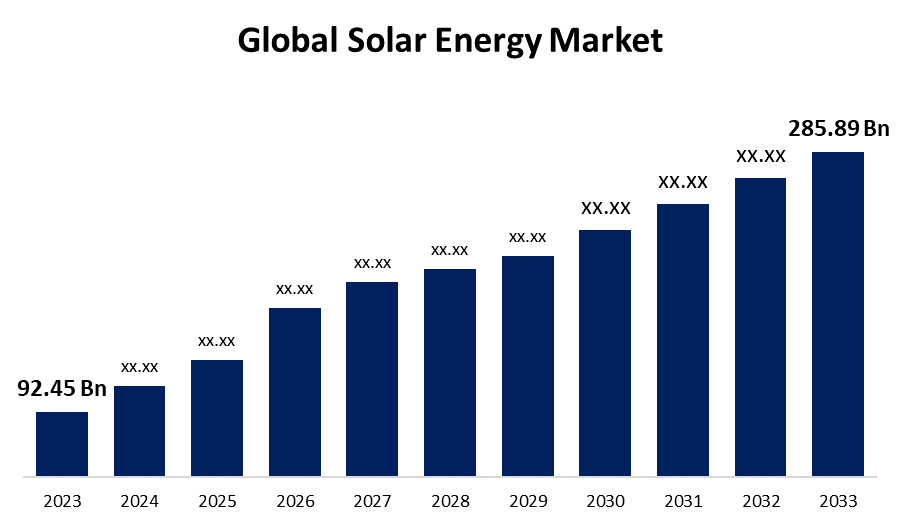As we delve into the future of solar energy in 2025, it is crucial to understand the broader context of climate change, energy consumption, and technological innovation. The world has been experiencing a significant shift towards renewable energy sources, with solar energy emerging as a frontrunner.
Solar Energy in 2025
By 2025, solar energy is expected to play an even more pivotal role in our energy landscape, driven by advances in technology, policy initiatives, and a growing awareness of environmental sustainability.
Technological Advancements

The technological advancements in solar energy have been remarkable. By 2025, we can expect widespread adoption of photovoltaic (PV) technologies that are more efficient and economically viable than their predecessors. Research and development continue to enhance solar cell efficiency, with some projections indicating that efficiencies could exceed 30% in commercially available products. Innovations in materials, like perovskite solar cells, promise lower production costs and greater flexibility, leading to more applications in both residential and commercial settings.
In addition, concentrating solar power (CSP) technologies are likely to see significant improvements. With enhanced thermal storage systems, CSP plants can provide a constant supply of energy, even during times of low sunlight, thereby addressing the intermittent nature of solar energy. This integration of CSP with traditional power grids will create a more resilient energy infrastructure capable of meeting our peak energy demands.
Cost Trends
The cost efficiency of solar energy has been on a decline over the past decade, and this trend is expected to continue through 2025. The cost of solar panels has dropped significantly, making solar installations accessible to a broader range of consumers and businesses. In many regions, the cost of solar electricity is now cheaper than that of traditional fossil fuels. By 2025, continued reductions in manufacturing costs, combined with economies of scale, are expected to bring the levelized cost of solar energy even lower.
Government incentives and subsidies play a crucial role in promoting solar energy, and these are anticipated to evolve by 2025. As more countries commit to net-zero emissions goals, incentives will likely shift towards encouraging solar installations, particularly in underserved areas. The rising popularity of power purchase agreements (PPAs) and community solar projects will also provide new avenues for consumers to invest in solar energy without the upfront costs typically associated with installation.
Policy and Regulatory Framework

The regulatory landscape surrounding solar energy is anticipated to become increasingly supportive by 2025. Governments worldwide are recognizing the need for effective policies that facilitate the transition to renewable energy sources. Policies that promote local manufacturing of solar components, provide tax incentives for homeowners and businesses, and encourage research and innovation will be critical in driving solar adoption.
The integration of solar energy into existing energy grids will also require updated regulations to ensure reliability and stability. Smart grid technologies will play an essential role in this undertaking, enabling more efficient energy distribution and management. By incorporating advanced analytics and automation, utilities can optimize energy flows from solar sources, ensuring that energy supply meets demand in real-time.
Societal Impact
The societal implications of widespread solar adoption in 2025 are profound. As solar energy becomes more ubiquitous, communities will experience greater energy independence, reducing reliance on imported fossil fuels. This shift has the potential to enhance local economies, create jobs in the renewable energy sector, and empower individuals to take an active role in their energy consumption.
Moreover, increased access to solar energy can help bridge the energy gap in underserved communities, providing reliable power to areas that have historically faced energy insecurity. Community solar projects can democratize access to solar installations, allowing residents to benefit from solar energy even if they cannot install panels on their homes.
Environmental Considerations
The environmental benefits of solar energy are compelling. In 2025, solar energy’s contribution to reducing greenhouse gas emissions is expected to be significant as countries ramp up their efforts to combat climate change. Solar energy is one of the cleanest forms of power generation, with minimal environmental impact compared to fossil fuels. Transitioning to solar energy can substantially reduce air pollution, benefiting human health and ecosystems.
However, it is essential to address potential environmental concerns associated with solar energy production, including land use and materials sourcing. By 2025, advancements in recycling technologies are expected to mitigate waste generated from decommissioned solar panels, leading to more sustainable practices in the industry. Additionally, efforts to use less harmful materials in solar panel production will be crucial in minimizing the ecological footprint of solar technologies.
Market Dynamics

The solar energy market is anticipated to diversify significantly by 2025. Emerging markets in developing countries are expected to see rapid growth in solar installations, driven by declining costs and increased investment. The proliferation of off-grid solutions, particularly in rural areas, will empower communities to harness solar energy for their development needs.
Corporate investment in solar energy will also surge, as businesses seek to enhance their sustainability profiles and meet consumer demand for environmentally friendly products. Many corporations are committing to 100% renewable energy targets, and solar energy will play a key role in achieving these commitments.
Conclusion
The landscape of solar energy in 2025 promises to be dynamic and transformative. Technological advancements, cost reductions, supportive policies, and societal impacts will all converge to create a more sustainable and accessible energy paradigm. As the world grapples with the realities of climate change, solar energy will undoubtedly be a cornerstone of our collective efforts to build a cleaner, greener future. The journey to a solar-powered world is not just about energy generation; it represents a significant cultural shift towards valuing and investing in our planet’s health for the generations to come.

